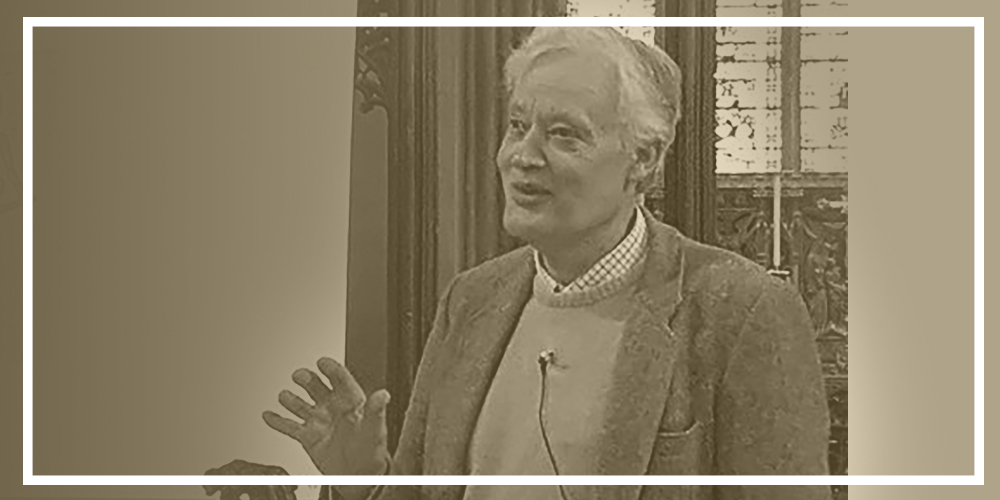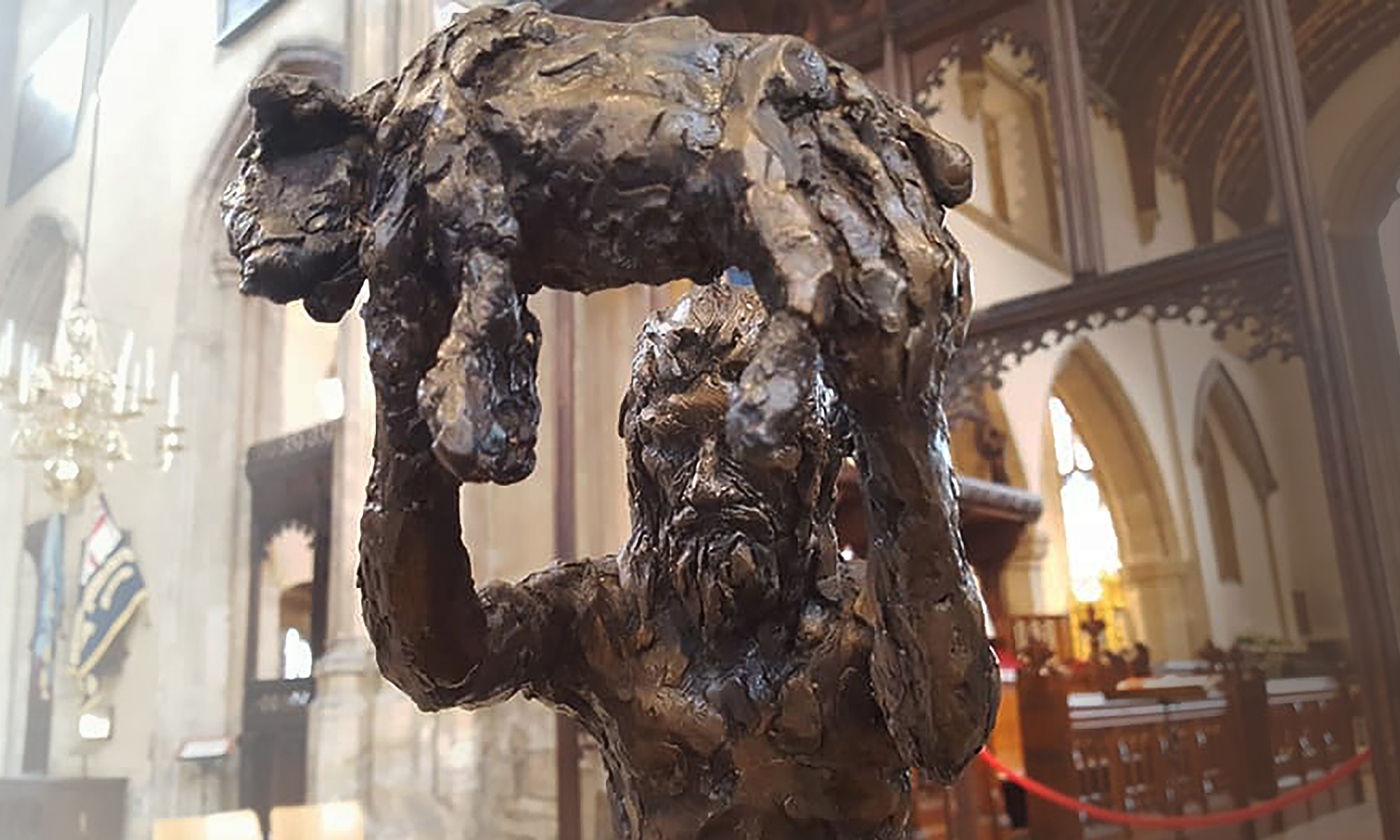
I am proud to have been chosen to take this project forward. My original aim was
1) To make a statement about the relevance that St. John the Baptist and the Virgin Mary have within the context of contemporary Christianity, in order to affirm the understanding that the Parish Church stands at the spiritual heart of the community.
2) To produce contemporary works that are visually interesting, but do not jar with the ancient structure of the church. The sculpture should appear to be a natural part of that structure, to which they would be both subservient and complementary.
My original idea for St John, changed following my visits to Cirencester Originally, I proposed that I would depict the Baptist as a harsh figure of a man; the last of the Old Testament prophets who brought a message of destruction as the consequence of man’s sin; a representation of a contrast between the Old and New Testaments, between which John forms a bridge. I envisaged him holding a cross which would prefigure the crucifixion, and link him to the sculpture of the Virgin and Child.
With the passage of time, I felt that although the image could be an impressive and relevant one, I was finding it difficult to relate personally to this figure of John, and I expressed my difficulty to Canon Morris. In discussion, he told me that he saw that John was not important to himself, but saw himself as an intermediary revealing a future. Subsequently members of the congregation pointed out the John Baptist window, depicting the Baptist holding a lamb, the only image I have seen of him doing so as a man, and it was suggested that the lamb might have been included because of the importance of the wool trade to the town.
Following these conversations, I rethought my representation, and John now holds out a lamb – the Lamb of God – over the town and over the people into which he is looking. For me, this is a more relevant link to the New Testament, and I am happy that it also refers back to Cirencester’s past, and its present within a farmed countryside. I believe that linking the religious and lay contexts of a location is important in bringing the whole community together; and I am minded of the Eucharist I attended on one of my visits to Cirencester, when the door of the church was left wide open, and I felt that it symbolised the way the church invited and embraced the town.
It seems to me that representations of Mary also inevitably pose some problems within the Protestant tradition. Her role as a mediator between man and God, once so important within the Roman Catholic tradition, raises difficulties. At the same time, a simple image of a mother and child can easily become one that might be any mother with any child, or at worst be sentimentalised.
In order to address these problems, I envisaged the Virgin holding a standing Christ-child by both hands, as he leans out of the niche in a position typical of a child’s curiosity and fearlessness, whilst at the same time being suggestive of his crucifixion. As Mary holds him, the sculpture is both Madonna and Child, and Pieta, looking beyond Christ’s childhood to a future where Mary bears his body after the descent from the cross. The sculpture would have the timeless relevance of depicting the important, if difficult fact, that the way of Christ is the way of the cross.
I look forward to further contact with Cirencester and its people and hope that my ideas will develop through a rich process of engagement.
Rodney Munday is regularly updating his blog which you
can view and send your thoughts & comments by clicking here.

